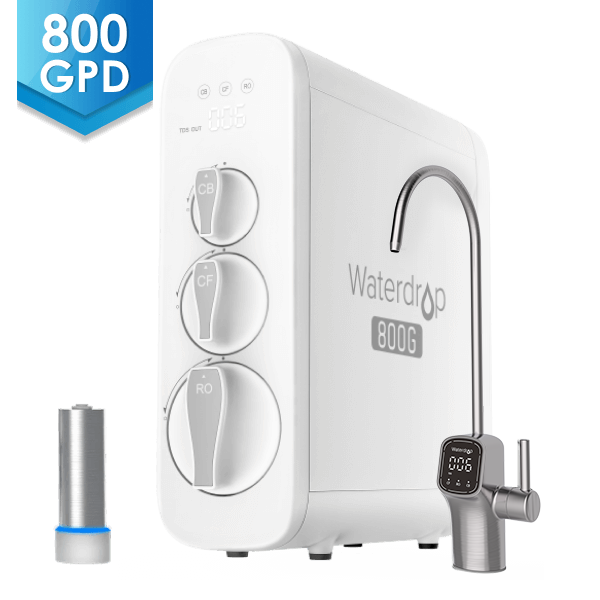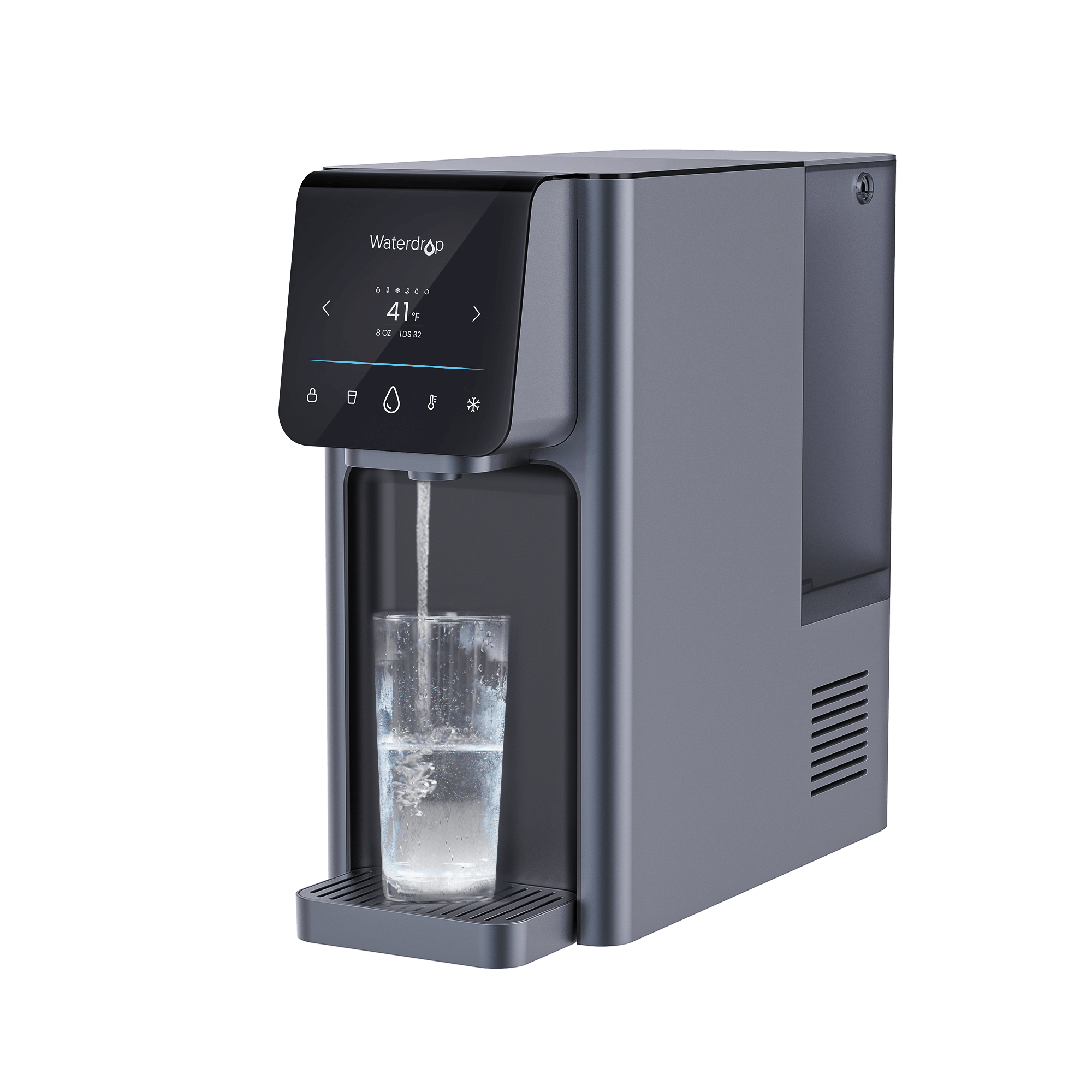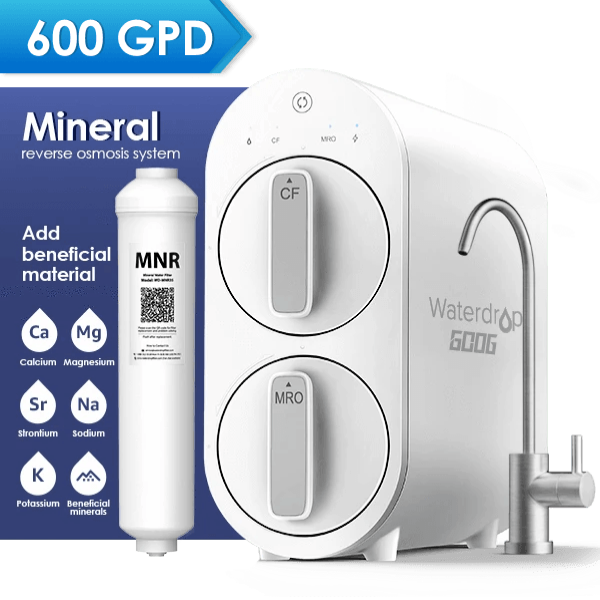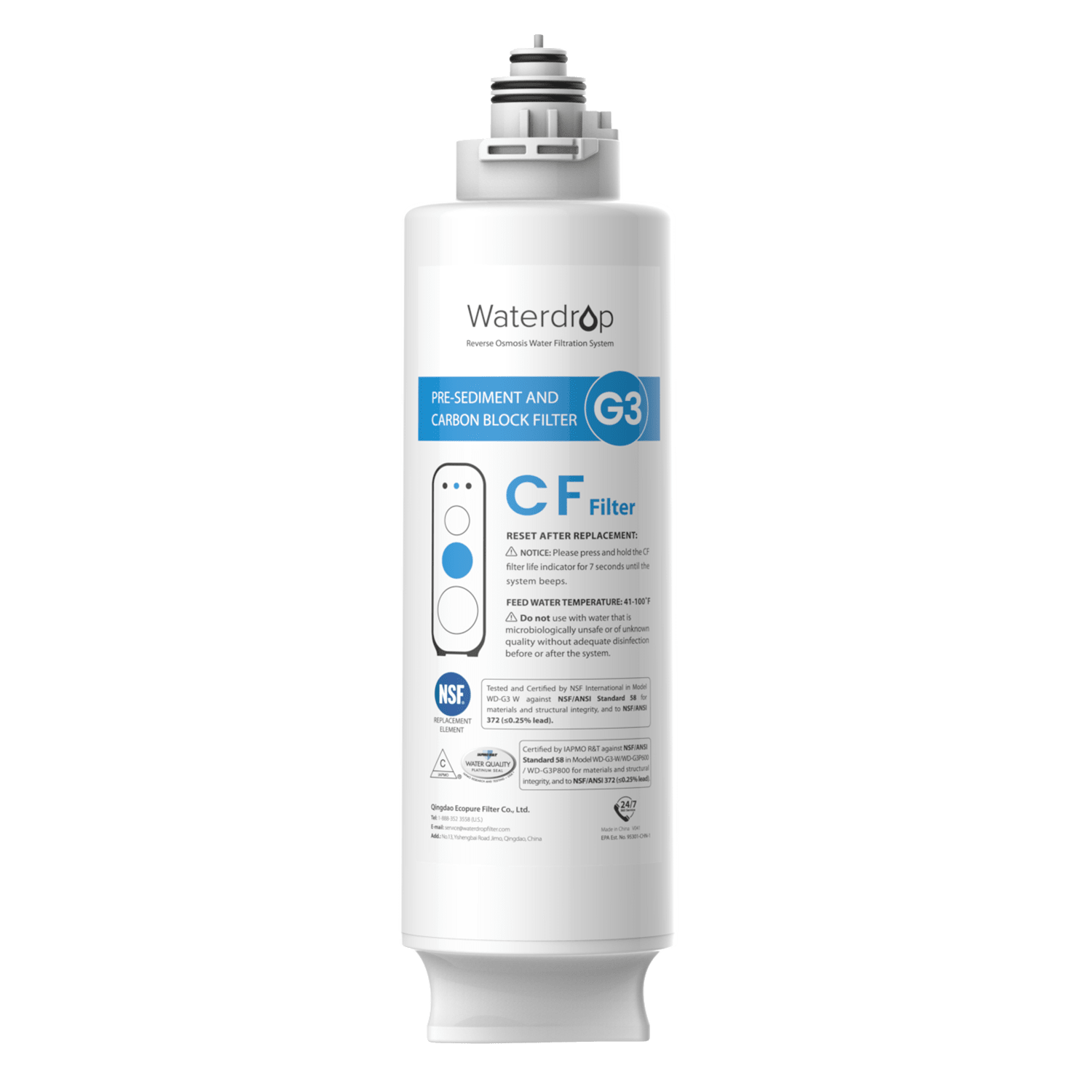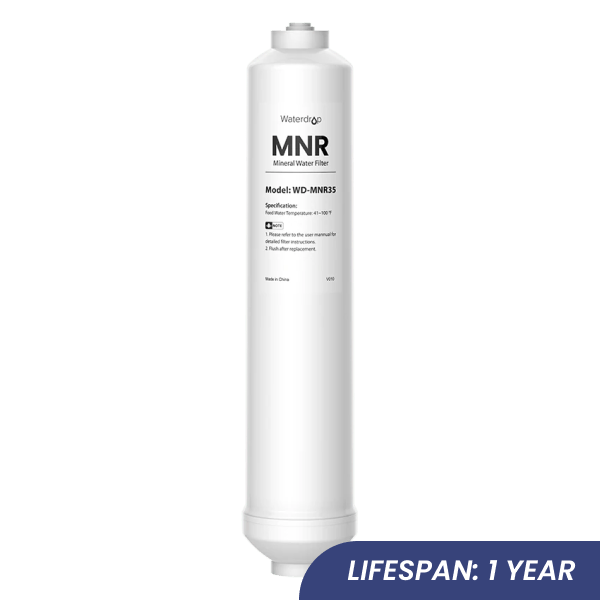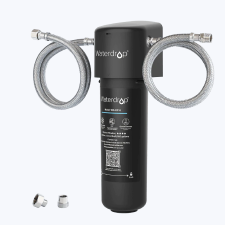What Is Spring Water?
by Dr. Jonathan Doyle - Updated March 17, 2025
Water is essential for life, but not all water is the same. Among the various types available, spring water has
gained popularity for its purity, natural origins, and potential health benefits.
In this article, we will explore the definition of natural spring water, how it forms, its benefits. Whether you are
looking for a healthier hydration option or simply curious about where your drinking water comes from, this guide
will provide all the answers.
What Is Spring Water?
Spring water is water that naturally flows to the surface from an underground water spring. It originates from
rainwater or melted snow that infiltrates the ground and is filtered through layers of rock and soil. This process
naturally removes many impurities and enriches the water with minerals like calcium, magnesium, and potassium.
Key Characteristics of Spring Water
- Naturally sourced : It comes from underground aquifers and flows naturally to the surface.
- Mineral-rich : Contains beneficial minerals that contribute to taste and potential health benefits.
- Untreated (in some cases) : Some brands bottle it directly from the source, while others may lightly filter it to remove sediments.

How Is Natural Spring Water Formed?
Spring water follows a natural filtration process that occurs underground. Here’s how it forms:
- Precipitation : Rain or snow falls to the ground.
- Infiltration : Water seeps through soil, rocks, and underground layers.
- Natural Filtration : As water moves through these layers, impurities are removed, and minerals are absorbed.
- Emergence : The water eventually finds an opening in the earth’s surface, creating a water spring.
Benefits of Drinking Spring Water
Natural spring water has many potential health benefits. Here are some of the main ones.
Naturally Enriched with Minerals
Spring water contains essential minerals such as:
- Calcium : Supports bone health.
- Magnesium : Helps muscle function and relaxation.
- Potassium : Maintains proper hydration and heart function.
No Added Chemicals
Unlike tap water, which is treated with chlorine and fluoride, spring water is usually free from added chemicals.
This makes it a more natural choice for those who want clean, fresh-tasting water.

Great Taste
Due to its natural filtration and mineral content, spring water often has a crisp, refreshing taste. This makes it a
favorite choice for hydration and even brewing coffee or tea.
Is Spring Water Safe to Drink?
Spring water is often considered one of the purest and safest drinking water sources due to its natural filtration
process. However, not all spring water is safe to drink, especially if it comes from an unverified or unprotected
source. The safety of spring water depends on its origin, testing, and bottling process. Here are the factors that
determine whether spring water is safe to drink, and the precautions you can take.
Natural Purity vs. Potential Contaminants
Although natural spring water is filtered through layers of rock and soil, making it naturally cleaner than surface
water, it can still be contaminated. Some potential risks include:
- Bacteria and Parasites – Springs located near agricultural areas, animal habitats, or human settlements can be contaminated with harmful microorganisms like E. coli , Giardia , or Cryptosporidium .
- Heavy Metals – Depending on the geology of the area, spring water may contain high levels of arsenic, lead, mercury, or cadmium, which can be harmful if consumed over time.
- Chemical Pollutants – Industrial waste, agricultural runoff, and pesticide use can leach chemicals into underground water sources, contaminating springs.

How Bottled Spring Water Is Tested and Regulated?
To ensure bottled natural spring water is safe, most countries have strict regulatory standards for water quality.
In Europe, bottled spring water is regulated by the European Food Safety Authority (EFSA) . Reputable bottled spring water brands must:
- Test for bacteria, heavy metals, and chemical contaminants regularly.
- Ensure the water is sourced from a protected spring free from human pollution.
- Use hygienic bottling processes to prevent contamination during packaging.
- Clearly label the mineral composition and source of the water.
When choosing bottled spring water, look for certifications from regulatory bodies, which indicate the water has
passed safety checks.
Is It Safe to Drink Spring Water from a Natural Source?
If you have access to a natural water spring, you might wonder if it’s safe to drink directly from the source. While
some remote, protected springs may be safe, it is always best to test the water before drinking.

How to Check If a Spring Is Safe to Drink From?
- Observe the Surroundings – Avoid springs located near farms, roads, or industrial sites, as they may be contaminated with pollutants.
- Check for Clarity and Odor – While clear water is a good sign, some harmful contaminants (like bacteria and chemicals) are invisible and tasteless.
- Use a Water Testing Kit – These kits test for bacteria, pH levels, heavy metals, and nitrates.
- Boil the Water If Unsure – Boiling kills bacteria and parasites, making the water safer for drinking.
For those who frequently collect spring water, consider having a laboratory test the water for a full analysis of
possible contaminants.
Does Spring Water Need to Be Purified?
Unlike tap water, which is treated with chemicals like chlorine, and purified water, which undergoes processes like
reverse osmosis, high-quality spring water is often safe to drink without purification if it comes from a protected,
well-maintained source. However, if there is any doubt about the safety of a spring, using a water filter or boiling the water before
drinking is a good precaution.

Best Practices for Drinking Safe Spring Water
- For bottled spring water – Choose brands that provide detailed water quality reports and use eco-friendly packaging.
- For natural spring water – Always test or filter the water before drinking to avoid potential contamination.
- For home use – If you have a private well or spring, conduct regular water tests to ensure it remains safe over time.
Conclusion
Spring water is one of the most natural and refreshing sources of drinking water, offering essential minerals, great
taste, and chemical-free hydration. Compared to purified and tap water, it retains its natural composition, making
it a popular choice for those seeking a pure and healthy alternative.
Whether you prefer bottled natural spring water or are lucky enough to access a safe water spring, choosing spring
water can be a great way to support hydration and overall health. Just be sure to select a reliable source to ensure
safety and quality.
Thank You for Subscribing!
A 10% discount code has been sent to your email, and you also have a chance to win a new K19-H Countertop RO System. We will notify the winners via email.
Contaminants Detected in Fruitland Water Special Service District
30
Contaminants
EXCEED EWG HEALTH GUIDELINES
EXCEED EWG HEALTH GUIDELINES
30 Total Contaminants in Your Water
Water Provider
Fruitland Water Special Service DistrictPopulation Affected
120,000Water Source
Ground waterExceeds Guidelines
Others Detected


